
Overview
Nubra Valley Trek Overview
TRIP HIGHLIGHTS
- A section of the ancient silk route that connected China to middle Asia
- Nubra – the famous ‘Valley of flowers’ of Ladakh
- Crossing of the high eternally snowbound Lasermola Pass(5400m)
- Sand dunes of Hundar and double-humped Camels
- Massive Maitreya statue at Deskit monastery
- Ancient monasteries and palaces of Ladakh
ITINERARY AT A GLANCE
Day 01:Arrive Leh
Day 02:Sightseeing and Acclimatization
Day 03:Drive to Hundar
Day 04:Drive to roadhead. Trek to Hundar Dok
Day 05:Trek to Sniu Sumdo
Day 06:Trek to Thanglasgo
Day 07:Trek to Lasermola Base
Day 08:Trek to Phyang Sumdo
Day 09:Trek to Morobuk. Drive to Leh
Day 10:Depart
Cost Inclusions
Nubra Valley Trek Cost Details
COST:
INR 59600
USD 890
COST INCLUDES
- Accommodation:
- Entire Accommodation during the trek
- Food:
- All Meals on the trip
- Road Transportation:All Transfers as mentioned in the itinerary
- Airport Transfers
- Sightseeing Transportation
- Transfers to and from Trek start/end Points
- Experienced Trek Crew:
- Qualified Trip Leader, Local Guide, Cook, Kitchen Helpers and Porters
- Porterage:
- 15 Kg/person. 1 porter between 2 trekkers
- Permits and Taxes
- ALTOA Fee and trekking permits
COST EXCLUDES
- Personal equipment and sleeping bags
- Airfares to and out of Leh
- Any additional transport or activities apart from the trip itinerary
- Travel Insurance
- Expenses rising through unforeseen conditions like bad weather, natural calamities, flight cancellations, etc
- Rescue and evacuation services
- Expenses of any personal nature like phone calls, drinks, cigarettes, souvenirs, laundry, etc
- Tips
- Anything not explicitly mentioned in Cost Includes
- 5% GST
Itinerary
Nubra Valley Trek Itinerary
Day 01:Arrive Leh
Day 02:Sightseeing and Acclimatization
Day 03:Drive to Hundar
Day 04:Drive to roadhead. Trek to Hundar Dok
Day 05:Trek to Sniu Sumdo
Day 06:Trek to Thanglasgo
Day 07:Trek to Lasermola Base
Day 08:Trek to Phyang Sumdo
Day 09:Trek to Morobuk. Drive to Leh
Day 10:Depart
Gallery
Nubra Valley Trek Images
- Fields in Nubra Valley ready for harvest
- Nubra river in the gorge before Hunder
- Yak in the grasslands of Hundar village
- Locals work in the firlds at Hundar
- Grazing grounds for Yaks a little ahead of Hundar
- Shepherds at Snui Sumdo
- Bharal skull
- The ice melt from Lasermola converts into a big lake
- Nubra – Valley of flowers
- Snow slopes at Lasermola
- Descending after crossing Lasermola
- Phyang Valley
- The last mile to Morobuk
- Mountain ranges as we descend to Morobuk


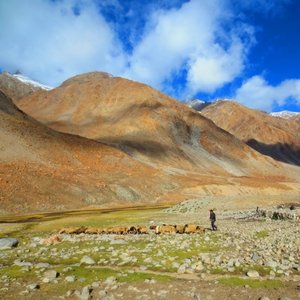
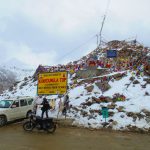
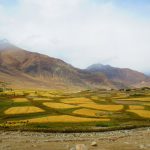
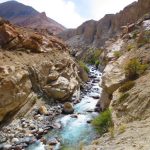

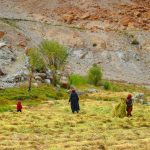
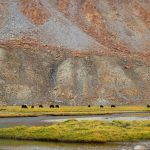
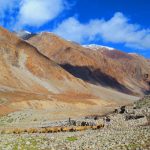
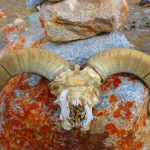
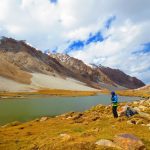
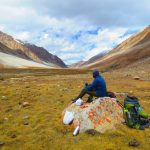


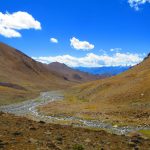
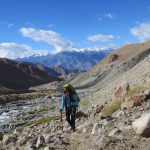


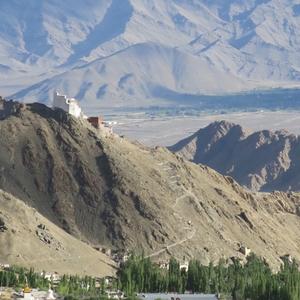
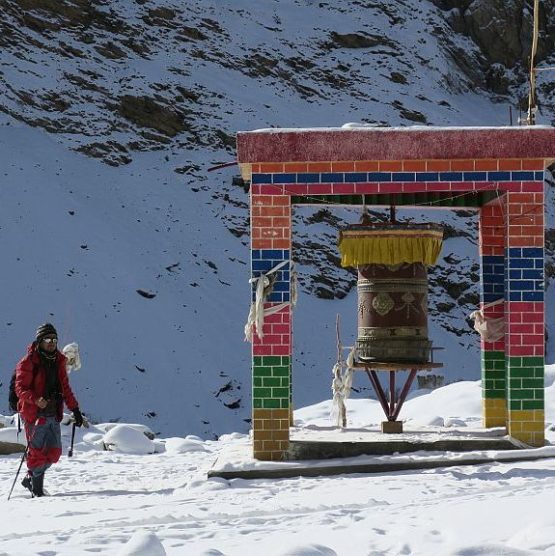


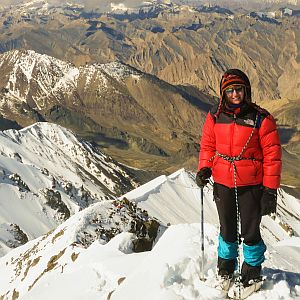

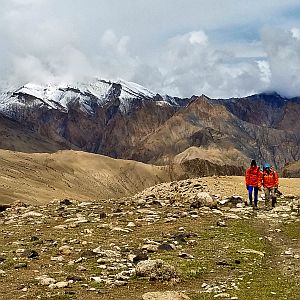


Reviews
There are no reviews yet.